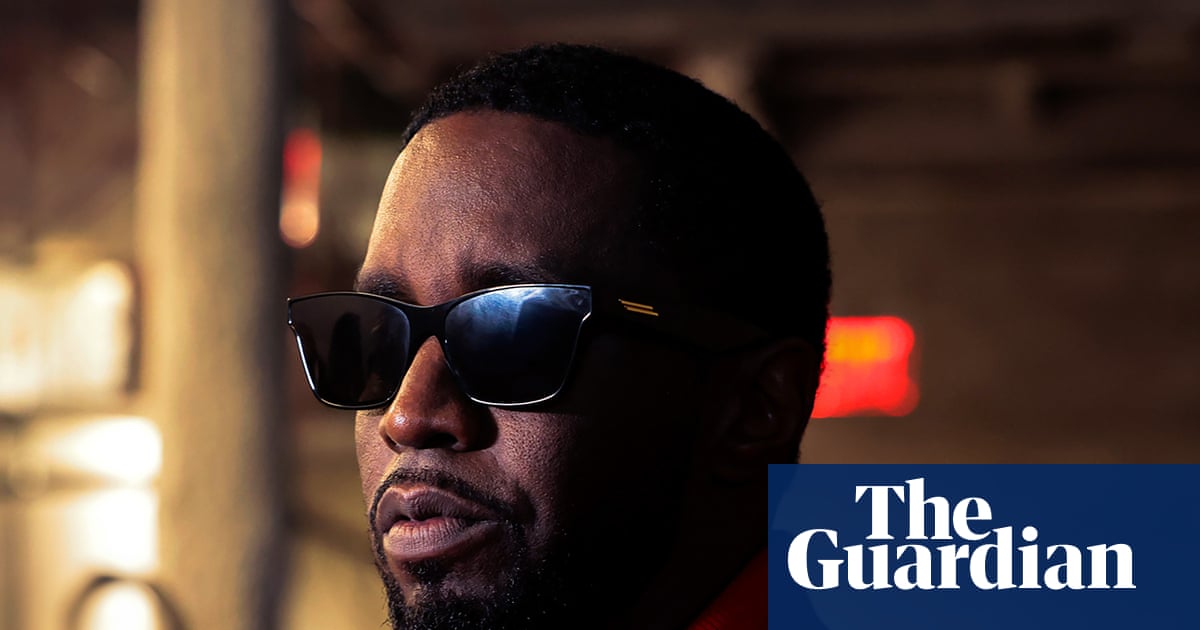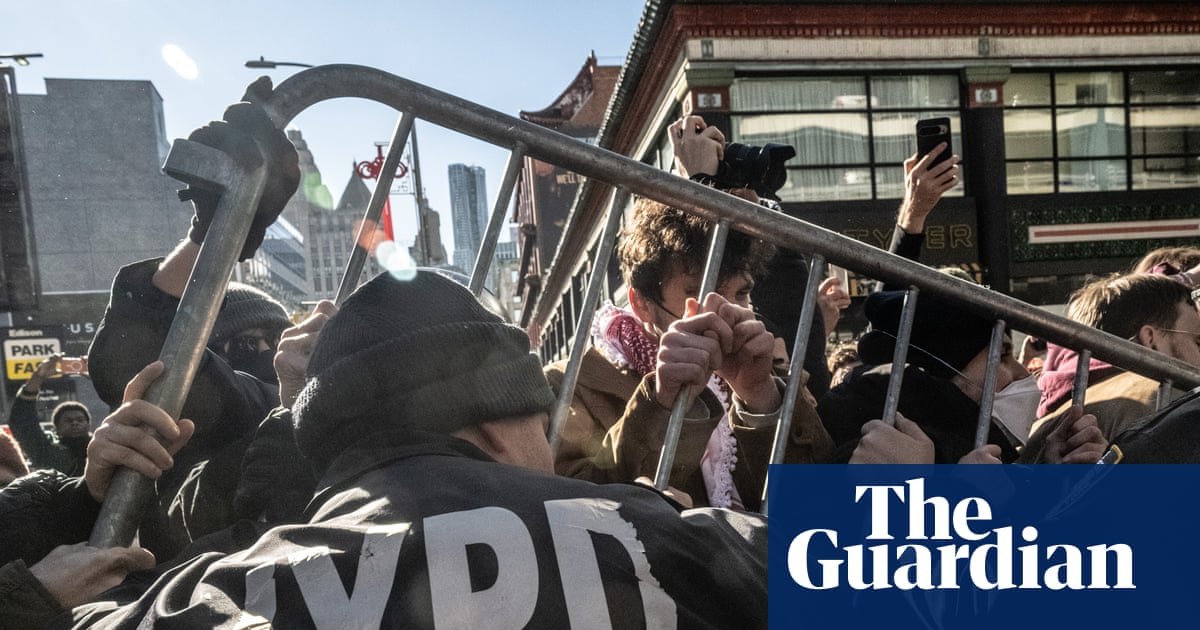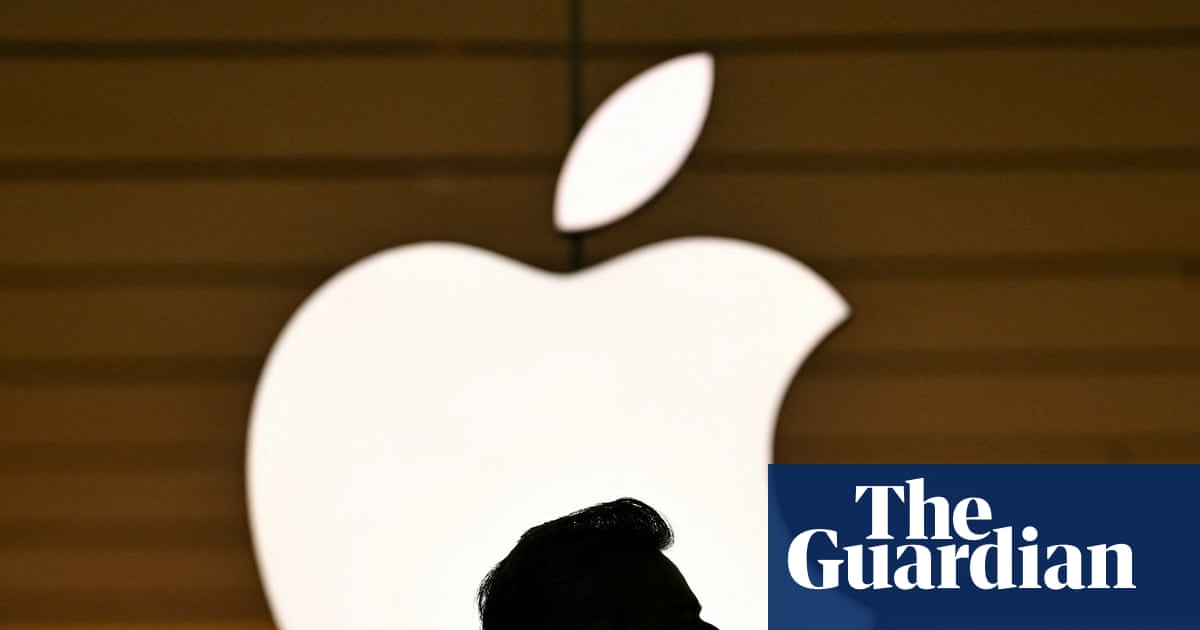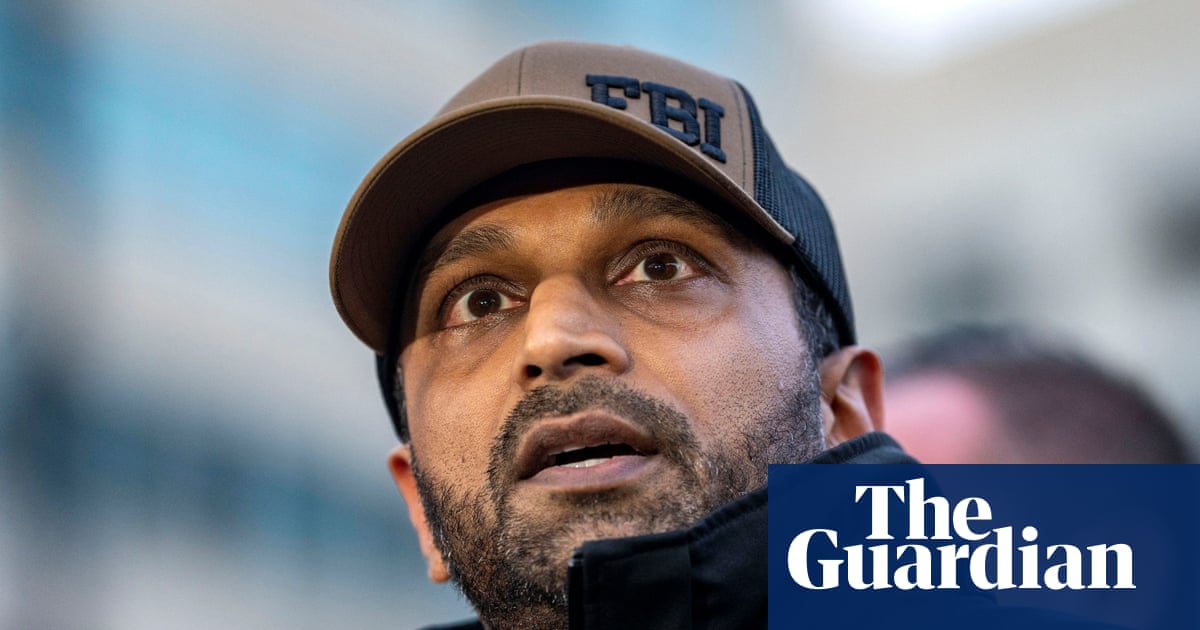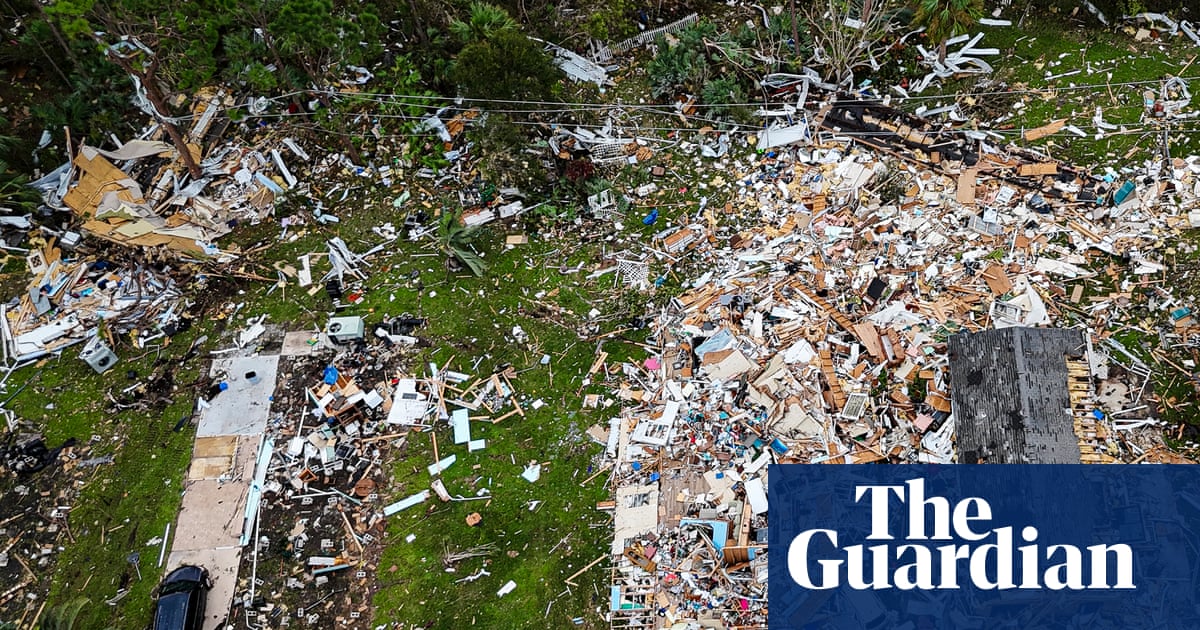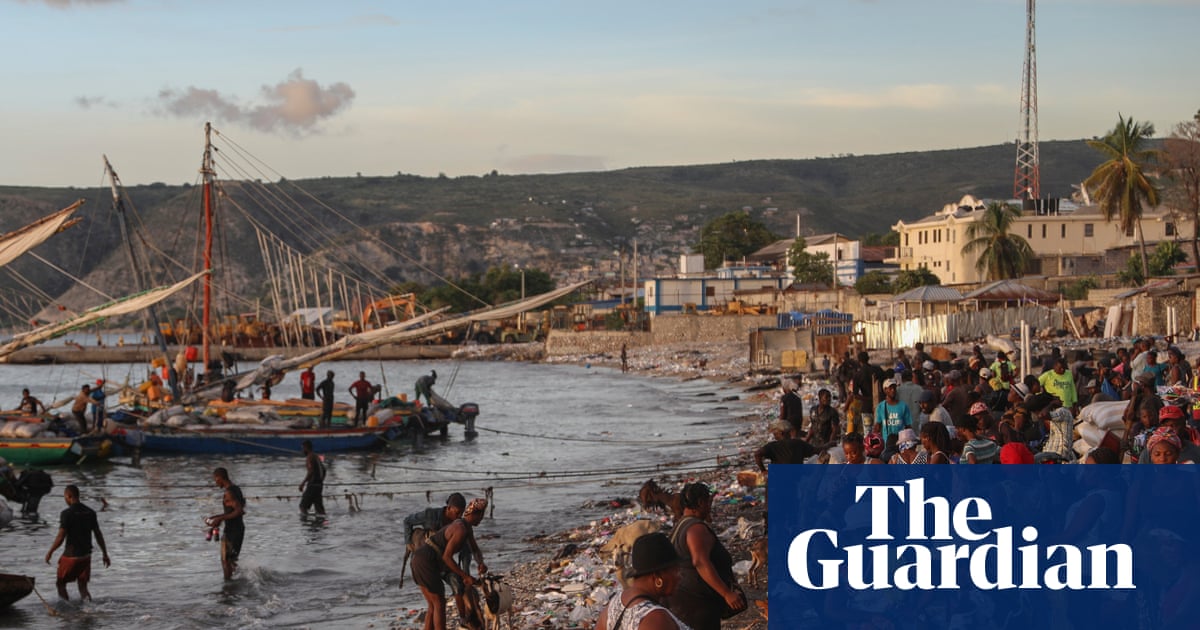The Central Intelligence Agency is providing the bulk of the intelligence used to carry out the controversial lethal air strikes by the Trump administration against small, fast-going boats in the Caribbean Sea suspected of carrying drugs from Venezuela, according to three sources familiar with the operations. Experts say the agency’s central role means much of the evidence used to select which alleged smugglers to kill on the open sea will almost certainly remain secret.
The agency’s central role in the boat strikes has not previously been disclosed. Donald Trump confirmed last Wednesday that he had authorized covert CIA action in Venezuela, but not what the agency would be doing.
The sources say the CIA is providing real-time intelligence collected by satellites and signal intercepts to detect which boats it believes are loaded with drugs, tracking their routes and making the recommendations about which vessels should be hit by missiles.
“They are the most important part of it,” said one of the sources. Two sources said that the drones or other aircraft actually launching the missiles used to sink the boats belong to the US military, not the CIA.
Information the agency gathers against any of the alleged smugglers – dead or alive – is likely to remain classified and out of public view. That is in spite of the worldwide public interest and debate over the killing of civilians.
The agency’s intelligence, unlike information gathered by the DEA or the Coast Guard, which used to handle maritime interdiction operations against smugglers, is not designed as legal evidence.
“We do not produce evidence,” Mark Lowenthal, the former assistant director for analysis for the Central Intelligence Agency, explained. “We have intelligence. It is not the same thing as evidence. It’s a different milieu. Sometimes it’s cold hard fact and sometimes lots less.” He emphasized he is speaking generally based on his past experience and has no independent information about the current boat strikes or intelligence.
CIA intelligence is not designed for disclosure, in court or in public hearings – it is designed to “never see the inside of a courtroom”, one source said, because the CIA goes to great lengths to protect its sources and methods.
Lowenthal said he believed it’s unlikely the CIA intel on drug boat targets could ever be released. “They are going to claim it’s classified and they are not going to release it publicly. And they may be right. They have all sorts of exemptions in law.”
So far, the only information released has been snippets of grainy video of boats exploding, posted online by Trump or the Department of Defense.
A spokesperson for the CIA declined to comment on this story and referred any other questions to the Pentagon.
A spokesperson for Southern Command, which oversees military operations in the Caribbean, referred questions to the White House. Pete Hegseth, the secretary of defense, posted on X on Thursday that the commander of Southcom was stepping down.
A Pentagon spokesperson said: “Due to operational security, we do not talk about matters of intelligence.”
In response to questions from the Guardian, Anna Kelly, the White House deputy press secretary, said: “All of these decisive strikes have been against designated narcoterrorists bringing deadly poison to our shores, and the President will continue to use every element of American power to stop drugs from flooding into our country and to bring those responsible to justice.”
On Saturday, Trump alluded to intelligence, rather than the US military, in a posting on the social media he owns about the destruction of a semi-submersible he called a “DRUG-CARRYING SUBMARINE”. “U.S. Intelligence,” he wrote, “confirmed this vessel was loaded up with mostly Fentanyl, and other illegal narcotics.”
Trump announced what appears to have been the first strike on a boat on 3 September, releasing a brief video of the attack. Since then the administration has publicly announced six more without ever disclosing details about the targets other than the number of people killed, and the allegation that the boats carried narcotics.
Several sources say CIA officials have been trying to play a more central role in the foreign policy objectives of the Trump administration in the hemisphere. While the agency has long had a counternarcotics effort, the sources say it is beefing up that capability to maintain relevance.
The White House also hasn’t disclosed details of any legal basis for strikes against civilian targets. Experts in international humanitarian law say it’s a violation to use deadly force against civilians who aren’t engaged in a war, whether or not they are suspected of smuggling drugs.
Harold Koh, a professor of international law at Yale, who worked in the Obama-era state department and defended the 2010 lethal strike against American Anwar Al Awlaki, said last month that the Caribbean strikes are illegal. “There is no authority for the president to commit summary execution on the high seas,” he said, “especially when there is a capture option which they have been using until now.”
Hugo Lowell contributed reporting
Contact us about this story
Show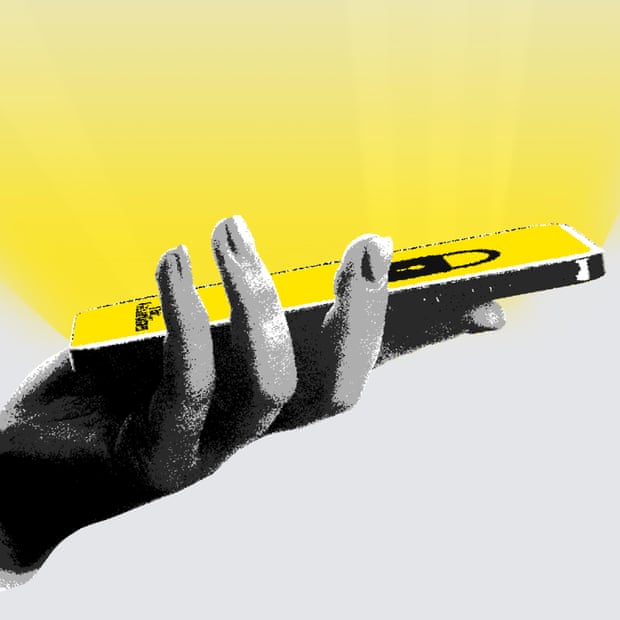
The best public interest journalism relies on first-hand accounts from people in the know.
If you have something to share on this subject, you can contact us confidentially using the following methods.
Secure Messaging in the Guardian app
The Guardian app has a tool to send tips about stories. Messages are end to end encrypted and concealed within the routine activity that every Guardian mobile app performs. This prevents an observer from knowing that you are communicating with us at all, let alone what is being said.
If you don't already have the Guardian app, download it (iOS/Android) and go to the menu. Select ‘Secure Messaging’.
SecureDrop, instant messengers, email, telephone and post
If you can safely use the Tor network without being observed or monitored, you can send messages and documents to the Guardian via our SecureDrop platform.
Finally, our guide at theguardian.com/tips lists several ways to contact us securely, and discusses the pros and cons of each.
Illustration: Guardian Design / Rich Cousins

 1 month ago
36
1 month ago
36




